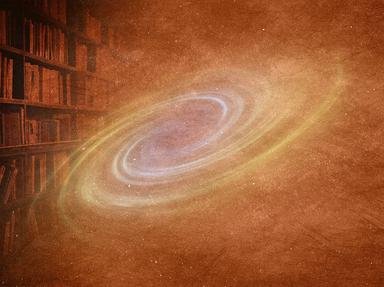Quiz Answer Key and Fun Facts
1. The artificial sweetener saccharin is an accidental discovery. Approximately how many times sweeter than sugar is it (by weight)?
2. What accidental discovery was originally called "Kutol's Rainbow Modelling Compound"?
3. The inventor of the microwave happened upon his invention when a bar of what melted more quickly than he expected?
4. On which continent was the anti-malarial compound quinine first used?
5. What illicit drug was accidentally discovered by a chemist who, after he tasted his discovery noted that he "sank into a kind of drunkenness which was not unpleasant and which was characterised by extreme activity of the imagination"?
6. Pfizer's drug Sildenafil was designed as a heart medication. Was it effective for this purpose?
7. When was automobile windshield safety glass accidentally discovered?
8. What was petroleum jelly known as when it was accidentally discovered?
9. The removal of the pancreas from what healthy animal in 1889 led to the discovery of insulin?
10. What area of research led to the accidental discovery of Teflon?
Source: Author
Trivia_Fan54
This quiz was reviewed by FunTrivia editor
rossian before going online.
Any errors found in FunTrivia content are routinely corrected through our feedback system.
